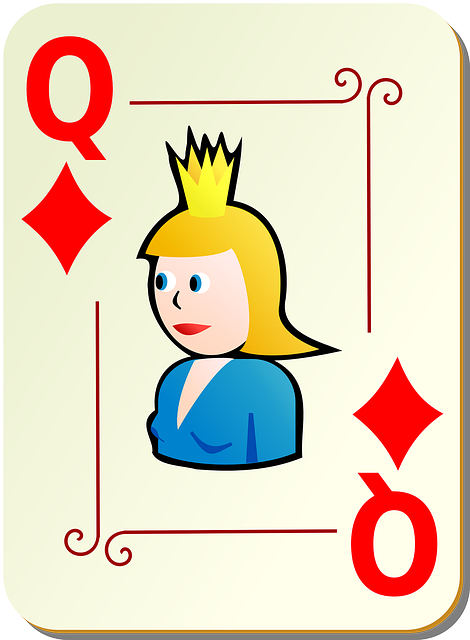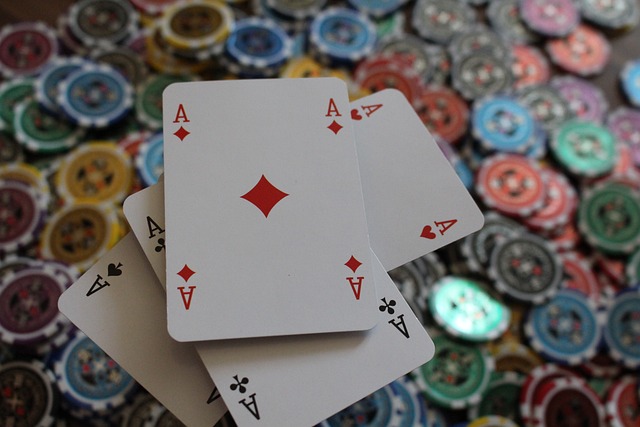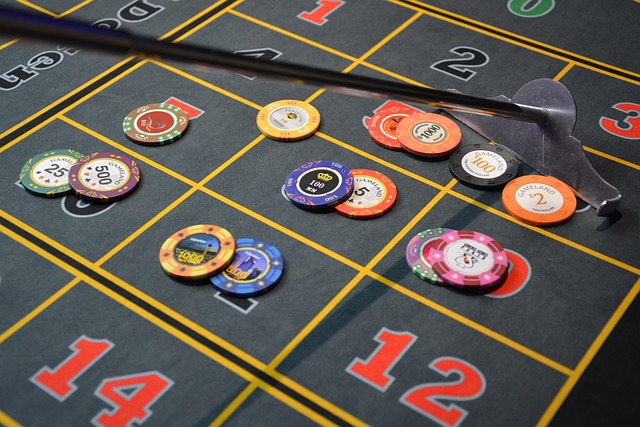TL;DR: Learning poker hand rankings is vital for beginners aiming to play "How to Play Poker" strategically. From Royal Flush to High Card, each ranking determines hand strength based on specific combinations (e.g., Straight, Flush). Understanding these rankings empowers players to make informed decisions, enhancing their overall poker strategy and gameplay experience.
New to poker? Don’t worry, we’ve got you covered. This comprehensive guide will teach you the essentials of how to play poker like a pro. From understanding the basics of poker hand rankings—what makes a royal flush or a high card—to mastering strategic bet sizing and hand selection, these poker tips for beginners will empower you at the table. Learn from common mistakes, discover effective strategies, and boost your game with practical insights tailored for novice players.
- Understanding the Basics of Poker Hand Rankings
- – What are poker hand rankings?
- – Common poker hands explained (e.g., High Card, Pair, Two Pairs, etc.)
Understanding the Basics of Poker Hand Rankings

Poker is a game where understanding hand rankings is fundamental, especially for beginners. The objective is to form the best five-card combination according to the ranking system. By mastering this, players can make informed decisions and improve their overall strategy. A royal flush, for instance, is the highest possible hand, consisting of 10, J, Q, K, and A of the same suit. It’s a rare and powerful combo that trumps all others.
Knowing the order of poker hands is crucial when playing against other players. Hands are ranked from high to low: Royal Flush, Straight Flush, Four of a Kind, Full House, Flush, Straight, Three of a Kind, Two Pair, One Pair, High Card. Familiarizing yourself with these rankings will give you an edge as you start your poker journey, helping you to react appropriately during gameplay and How to Play Poker effectively.
– What are poker hand rankings?

Poker hand rankings are a fundamental aspect of understanding how to play poker, especially for beginners. These rankings determine the strength of a player’s hand and are used to decide winners in most games. The standard ranking order is as follows: High Card, One Pair, Two Pair, Three of a Kind, Straight, Flush, Full House, Four of a Kind, Straight Flush, and Royal Flush.
Each rank has specific combinations of cards that define its strength. For instance, a ‘Straight’ is five cards in sequence, regardless of suit, while a ‘Flush’ consists of five cards all of the same suit. Knowing these rankings is crucial for beginners as it allows them to gauge their hand’s value and make informed decisions during gameplay, which is key in learning how to play poker successfully.
– Common poker hands explained (e.g., High Card, Pair, Two Pairs, etc.)

Poker is a game that involves strategy, skill, and a bit of luck. Understanding the basics of common poker hands is crucial for any beginner looking to learn how to play poker. The goal in most poker games is to have the best five-card combination, which can be achieved through various hand rankings.
Starting from the highest, a royal flush combines an ace with another card of the same suit (e.g., 10, J, Q, K). Straight flushes are five cards in sequence within the same suit (e.g., 7, 8, 9, 10, J), while four of a kind consists of four identical cards (e.g., four queens). Full houses or two pairs are made up of three cards of one value and two cards of another. A pair is simply two cards of the same rank, like two kings. And lastly, high card applies when none of these combinations can be formed, using the highest card in your hand as comparison.
Poker is a game of skill and strategy, and while it may seem intimidating for beginners, understanding the basics can go a long way. By grasping poker hand rankings and practicing these beginner-friendly tips, you’ll be well on your way to improving your gameplay. Remember, patience, observation, and calculation are key when learning how to play poker. Keep refining your skills, and soon enough, you’ll be navigating the tables like a pro!






